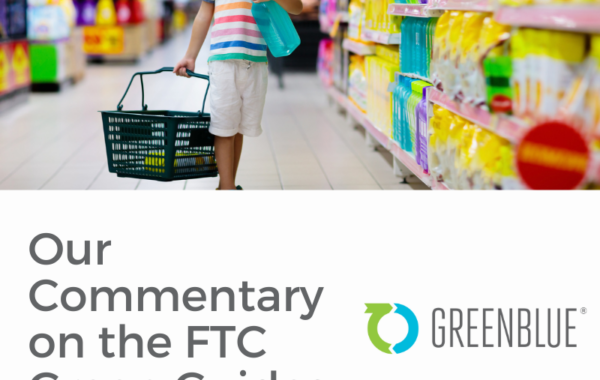November 1, 2020
On the second day of Virtual SPC Advance, Elizabeth Biser, Vice President of Public Affairs at the Recycling Partnership, moderated the panel Film Recovery, Current and Changing Landscape in Policy and Market Needs, where three panelists presented different views on the topic.
Susan Bush, the Principle of the consulting firm Circular Matters, began the discussion with an overview of the current state of legislation. Over 132 bills in 27 states were introduced in the 2019/2020 or 2020 legislative session regarding bags and films. The majority of legislation introduced proposed bag bans or bag fees. However, around 20 of the bills introduced included preemption language, which would prevent local governments from enacting fees, bans, or other regulations on plastic bags and other auxiliary containers such as food serviceware and bottles.
Of the 132 bills proposed, only 15 bills in 11 states were signed into law. Bush presented an analysis of the current trends in legislation to provide insight into future local, state, and national legislation. Some trends, like recycled content mandates, bag fees, and reusable bag requirements are no surprise. Emerging trends include chemical recycling (advanced recycling) fees, and a focus on including other films such as agricultural films, foodservice film wrap, and e-commerce packaging in legislation.
Philip Rozenski, the Vice President of Public Affairs for Novolex, discussed Novolex’s paper and plastic product lines containing post-consumer resin (PCR) and their film recycling capabilities. Rozenski stated that “for the recycling system to function properly, collection, processing, and end markets have to be balanced.” Since China placed a ban on importing waste and recyclables in 2018, Rozenski believes the balance has shifted, causing the United States to have a surplus of collected material but not enough processing capacity.
Rozenski presented three limitations of current bag and film legislation. First, bag bans and bag fees may not be accomplishing what they intended to do long-term. While the use and number of plastic for bags has indeed decreased, the actual amount of plastic packaging has not decreased. In Rozenski’s experience, the plastic previously used to make single-use bags is merely redistributed and used in other single-use applications. Second, Rozenski stated a big goal is for “packaging to fund itself” using the money collected by bag fees and taxes to expand the United States’ recycling infrastructure to meet increasing demands. Third, Rozenski argued for more cohesive and universal language for bag and film legislation at the local, state, and federal levels because national and international companies have to track and comply with various recycling laws.
Jennie Romer, a Legal Associate for the Surfrider Foundation’s Plastic Pollution Initiative presented a more positive outlook on what current bag and film legislation has achieved already from a nonprofit’s perspective. The Surfrider Foundation works to reduce plastic pollution, protect oceans, preserve coastal areas, and fight for fair beach access and clean water. Romer presented three positive results of current legislation and one current limitation.
First, Surfrider Foundation volunteers have reported recovering fewer bags during beach clean up events in areas with bag bans than before the bans or fees were enacted. Second, Romer argues that bag bans and bag fees have paved the way for other single-use plastics (eg. foam service ware and straws) legislation and extended producer responsibility (EPR) legislation. Third, laws with bag fees and mandated PCR content have been the most effective single-use plastic laws. Fees “force customers to actively think and decide if they want that bag,” stated Romer and helps to reduce the use of single-use plastics. PCR mandates create market pull and support end-markets to create a recycling system that works. Like Rozenski, Romer also argued for clear universal legislative language regarding bag fees and mandated PCR content.
Romer and Rozenski presented opposing views of current bag and film legislation and different future growth opportunities. Increasing recycling infrastructure and creating strong end markets are both critical for packaging to be considered recyclable. SPC and How2Recycle define a package as recyclable if it is collected, sorted, reprocessed, and used to manufacture new products in the majority of places that package is sold. Therefore synergistic growth in collection, sortation, reprocessing, and end markets is vital to creating a more resilient circular economy. The demand to reduce single-use plastics and increase EPR is gaining momentum and individuals, companies, nonprofits, and governments need to take action and be a part of the movement. Do you hear the call?




